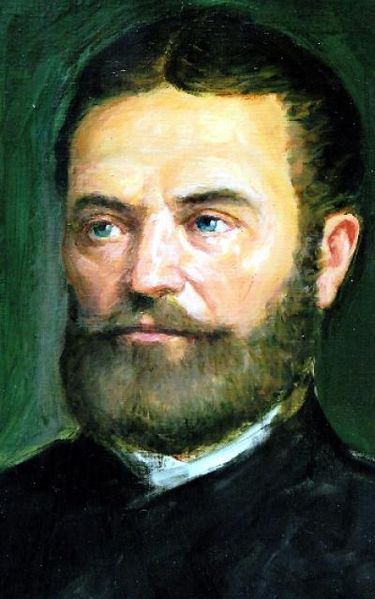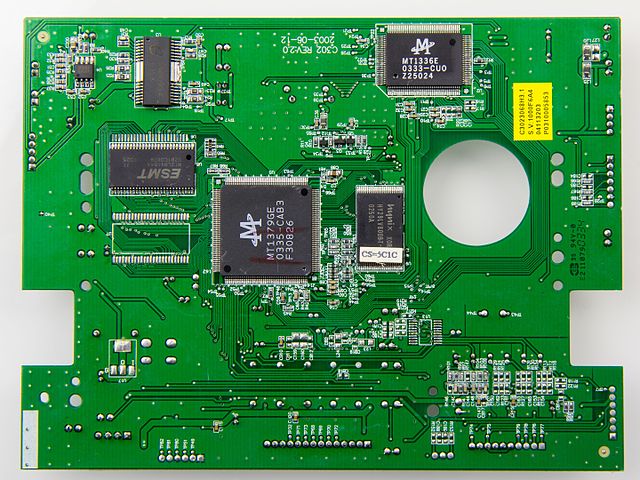János Bolyai or Johann Bolyai, was a Hungarian mathematician who developed absolute geometry—a geometry that includes both Euclidean geometry and hyperbolic geometry. The discovery of a consistent alternative geometry that might correspond to the structure of the universe helped to free mathematicians to study abstract concepts irrespective of any possible connection with the physical world.
Portrait of J. Bolyai by Ferenc Márkos (2012)
János Bolyai; artwork by Attila Zsigmond
Memorial plaque of János Bolyai in Olomouc, Czech Republic
The house in Cluj-Napoca where János Bolyai was born
Euclidean geometry is a mathematical system attributed to ancient Greek mathematician Euclid, which he described in his textbook on geometry, Elements. Euclid's approach consists in assuming a small set of intuitively appealing axioms (postulates) and deducing many other propositions (theorems) from these. Although many of Euclid's results had been stated earlier, Euclid was the first to organize these propositions into a logical system in which each result is proved from axioms and previously proved theorems.
Detail from Raphael's The School of Athens featuring a Greek mathematician – perhaps representing Euclid or Archimedes – using a compass to draw a geometric construction.
3D CAD Model
PCB of a DVD Player
NASA Cassegrain, Extremely high gain ~70 dBi.








